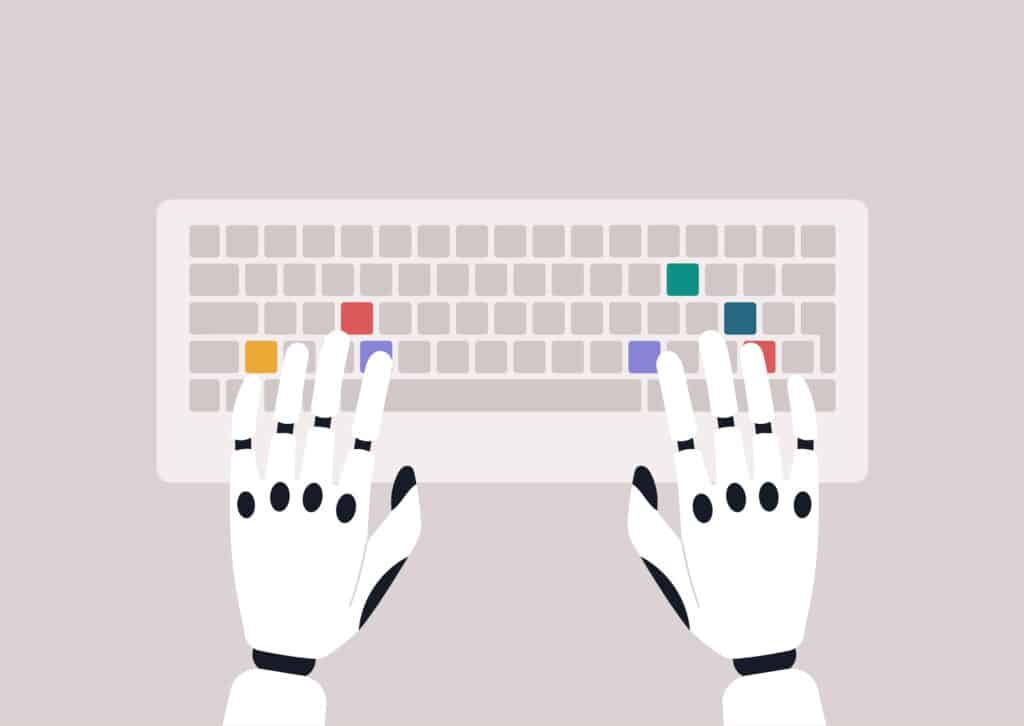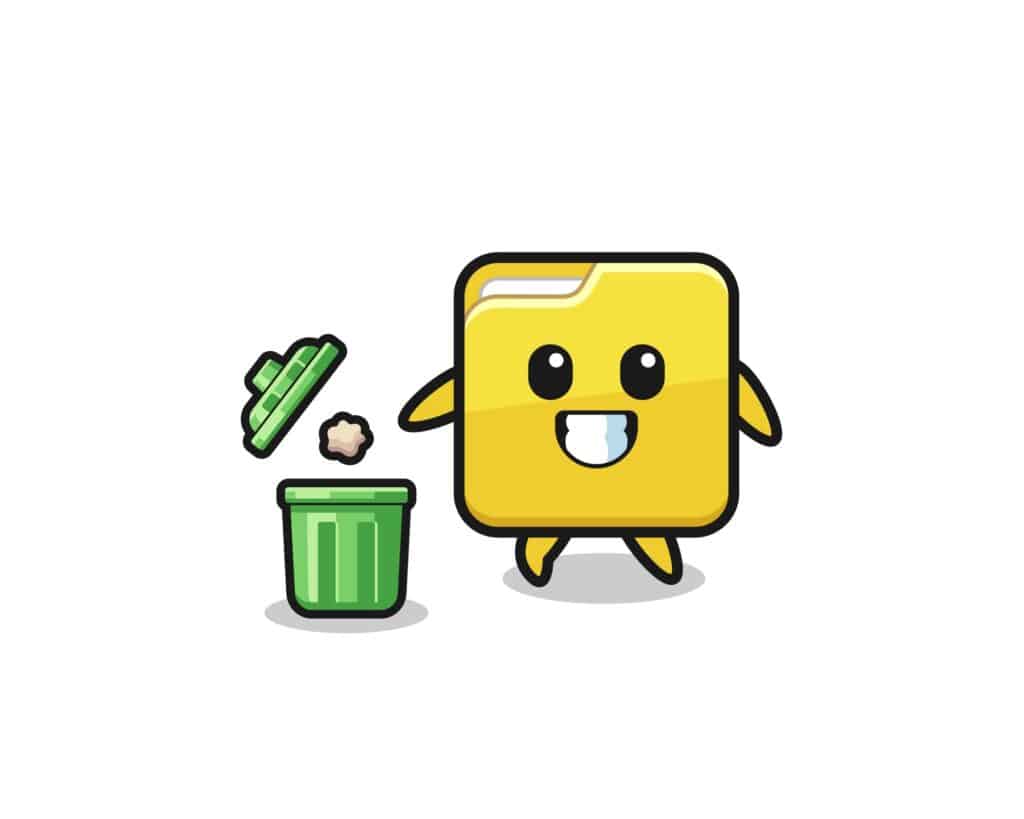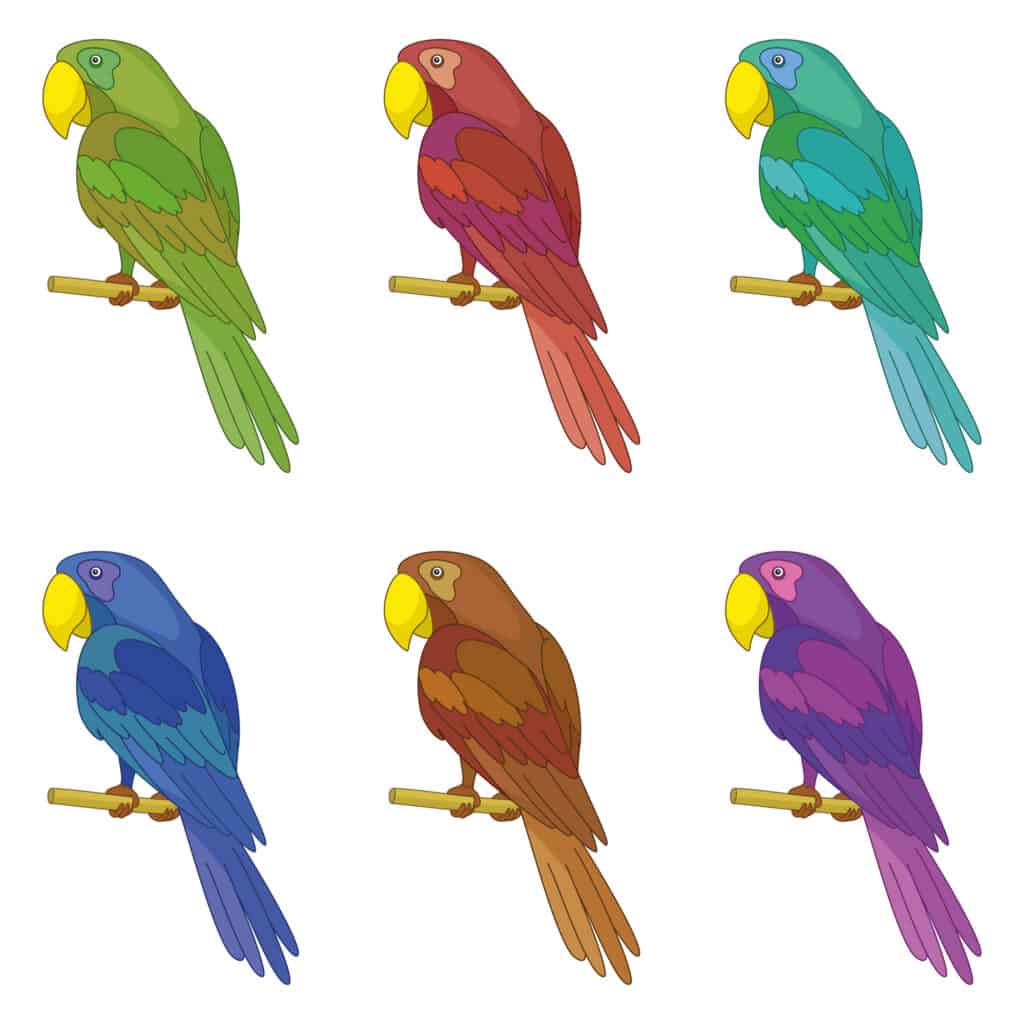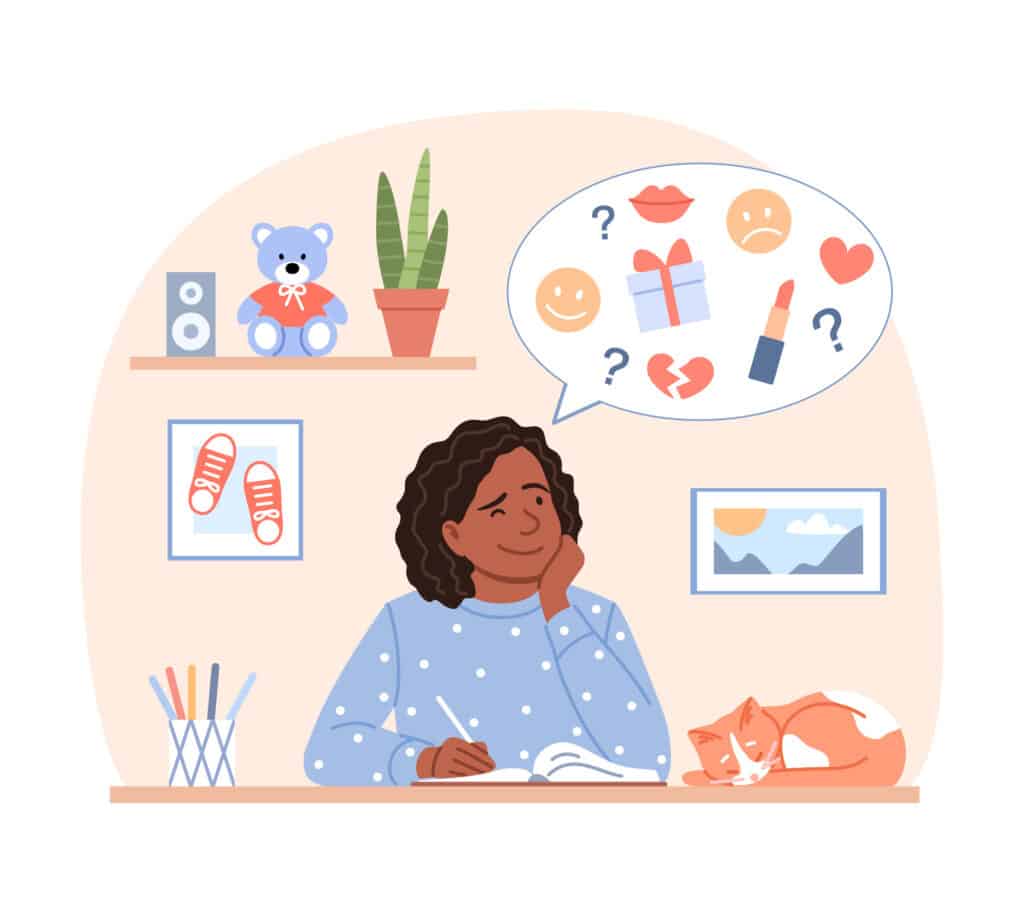
Can the Latest in AI Content Creation Rival Human Writers?

AI content creation has taken massive strides in recent years. News outlets rave that robots are writing fanfiction now. A Google engineer claimed that the chatbot he was building was so good, it might be sentient. With all these advancements, it may seem like modern AI can prove equal to a human writer.
The reality is a bit more complicated. Behind every entertaining piece of AI writing, there are dozens of nonsense drafts that didn’t make it to print. Even the most advanced AI struggles to write more than a hundred words on any one subject. Language is an incredibly complex system that evolved over thousands of years, so it’s not exactly easy to code.
AI-driven content creation can form sentences, structure paragraphs, and occasionally tell a story. Still, essential human elements of writing — such as mood, intent and emotion — are beyond the reach of even the most cutting-edge tech.
AI content creation programs can provide a starting point for human writers, but they’re still a long way from replacing them. Given how fundamental language is to the human experience, replacing human writers with AI may not even be possible.
What Is AI Content Creation?
At the most basic level, AI content creation is programming a computer to write content similar to what a human would write. This tech is based on decades of Natural Language Generation programs. For almost as long as computers have existed, NLG programmers have been trying to teach them how to read and write.
Generating or Imitating?
One key thing to understand about AI content creation is that the AI isn’t coming up with content itself — at least, not in the same way a human writer would. There’s no source code for creativity. Instead, the AI is attempting to copy existing human-written content in a way that can fool a reader into thinking it’s genuine.

To do this, the AI analyzes word choice, sentence length, and thousands of other metrics from human-written samples. Programmers can also provide rules and desired patterns for the AI’s output. For example, they can instruct the program to only use the one hundred most common words in English for ease of reading.
The AI then analyses the human-written samples, crosses them against its programmed rules and compiles everything it’s learned into its best approximation of a human-written article.
How Advanced Is AI Content Creation Today?
For decades, computer-generated writing could never pass for something written by a real person. Early NLG programs were limited by the memory and processing power of the computers of the time. Today, with much more advanced computers and the internet, AI programs can reference millions of human-written articles to help generate their content.

With advancements in AI-driven content creation, programmers no longer have to enter rules for output. Instead, the AI can reference human-written articles to generate its own rules, effectively learning how to better mimic language on its own.
The most advanced AI for content creation today is called GPT-3. It’s based on a massive language database called OpenAI. You’ve probably seen GPT-3’s work making the rounds on the internet. It’s generated everything from fake Harry Potter screenplays to “Modern Love” columns for The New York Times.
What Are the Limitations of AI Created Content?
GPT-3 is impressive tech, but there are still limits to how closely a computer can emulate human writing. A few major problems affect AI created content across the board.
The Quality Is Inconsistent
Every piece of AI created content is an attempt to mimic a human, and not all of these attempts succeed. For any project you give an AI to write, there will be several unusable results for every passable draft.

The New York Times’ “Modern Love” experiment referenced earlier is a great example of this inconsistency. The Times asked the GPT-3 to write dozens of short, feel-good columns about how a hypothetical couple may have met for the first time. A few of the stories were offbeat but stayed within the realm of possibility. Many more columns were clearly not written by a real person.
One column contained the phrase “We went for dinner and drinks and dinner and drinks…” repeated on a loop for over a hundred words. As a reminder, this is the most advanced AI content creation program in the world right now. Either GPT-3 was entering its postmodern phase, or there’s still room for improvement on the consistency front.
AI Can Only Write Short Pieces
AI-driven content creation is most useful for tiny snippets of text. The NYT columns GPT-3 wrote were only a couple hundred words, and the majority didn’t make sense by the end sections. The cracks in AI created content start to show at word counts over one hundred.
Need Content That Is High-Quality, Detailed and Engaging?
Get the human touch with BKA Content’s blog writing services.
For reference, a short blog article comes in at around five hundred words — well outside the capabilities of AI. Even the super-advanced GPT-3 struggles to link ideas into paragraphs that follow a logical progression.
AI Created Content Requires Human Editing
The creator of the GPT-3 is careful to classify it as a tool for writing content, not an end in itself. A successful AI-created piece may come close to a human writer’s work, but it still needs finishing touches from a human to read smoothly and naturally.
AI Content Lacks Intent and Emotional Impact
The largest hurdle facing AI content creation is baked into its design: it can’t recreate the human element of intent.

When a professional writer sets out to create content, they do so with a goal in mind. The goal may be to persuade, inform or entertain, but there’s always an emotional push behind a writer’s work. Every decision that a writer makes, from word choice to paragraph size, seeks to achieve their underlying goal.
Intent is the beating heart of any piece of writing, even a short branded blog article about socks. You want to persuade the reader that your socks are the best, or inform them of the latest sock styles. Keeping that goal in mind with every word is what makes quality content sing.
In contrast, the goal of AI content creation is always going to be to pass as human-written content. Even the GPT-3 is locked into this objective. AI can’t reach for any of the emotional goals of a human writer, so the beating heart isn’t there.
Linguists Agree
A 2021 linguistics study from the University of Washington criticized modern AI language programs, including the GPT-3, calling them “stochastic parrots” (for all the non-linguists, ‘stochastic’ is a fancy way of saying ‘random.’) Without intent behind an AI’s writing, even programs with huge databases amount to little more than parrots repeating words they’ve picked up.

The study argues that any meaning in AI created content is merely the result of chance and favorable interpretation by a human reader. In other words, AI-driven content creation programs are only capable of stumbling upon meaning, while human writers put meaning first.
Why Is It so Hard for AI To Write Content?
It may seem strange that AI has so much trouble writing meaningful, quality content. How is it possible that a computer can beat every Grandmaster in the world at chess, but can’t reliably deliver a blog post about shaving cream or car repair?
The truth is, our most basic and ingrained tasks are often the hardest for technology to replicate. Boston Dynamics, a world leader in robotics, spent years and millions of dollars programming their humanoid robot Atlas to walk upright. AI content creation faces even greater challenges. Language, like walking upright, is an adaptation passed down through countless generations. It’s uniquely human.
Language Makes Us Human
Unlike chess, language is more than a massive set of patterns. Language contains emotion, tone and musicality that’s impossible to explain in words, let alone numbers and console commands. Since language comes naturally to most people as children, few understand how complicated this system truly is.

Psychologists have yet to fully explain how the brain’s language centers work. That means there’s no code in existence that will give an AI all of the combined knowledge of human language and the skill to use it.
Which Is Better for Your Brand: AI Content Creation or Professional Writers?
In very specific applications, AI created content can be a useful substitute for human-written content. Programmers at MIT have had success using AI to summarize scientific papers into plain English abstracts. In general, AI is much better at summarizing and simplifying existing writing than creating original work.
When it comes to branded content creation, AI is still no match for the human touch. Why? Emotion and intent are central to marketing. BKA Content knows firsthand how powerful, sharp writing speaks to customers and sparks brand engagement. A human writer who gets your brand will infuse that understanding into their work, and that just isn’t possible with a program.
There’s no way around it: Professional content writers outperform AI content creation.
Check out BKA Content’s blog writing services to learn more about how skilled human writers can help grow your business.
- 10 Internal Linking Tools To Help With SEO - December 10, 2024
- Are Redirects Bad for SEO? - December 5, 2024
- Does Embedding YouTube Videos Help SEO? - December 3, 2024

